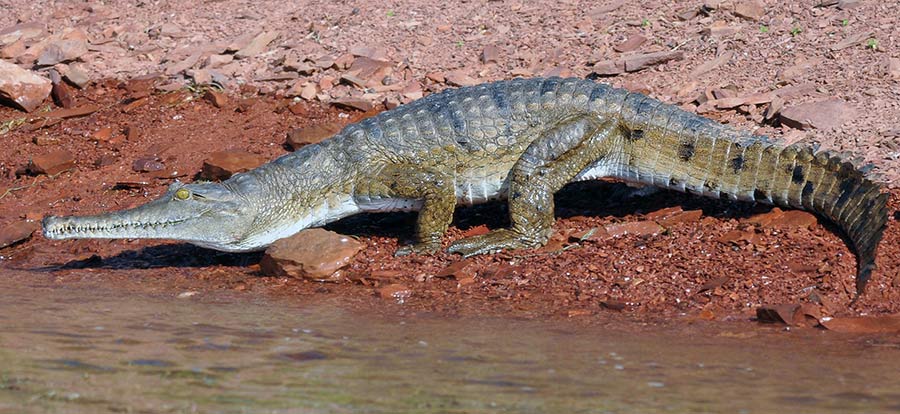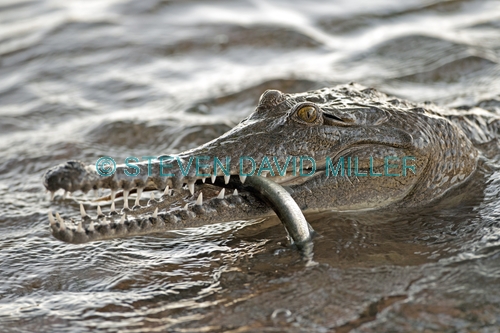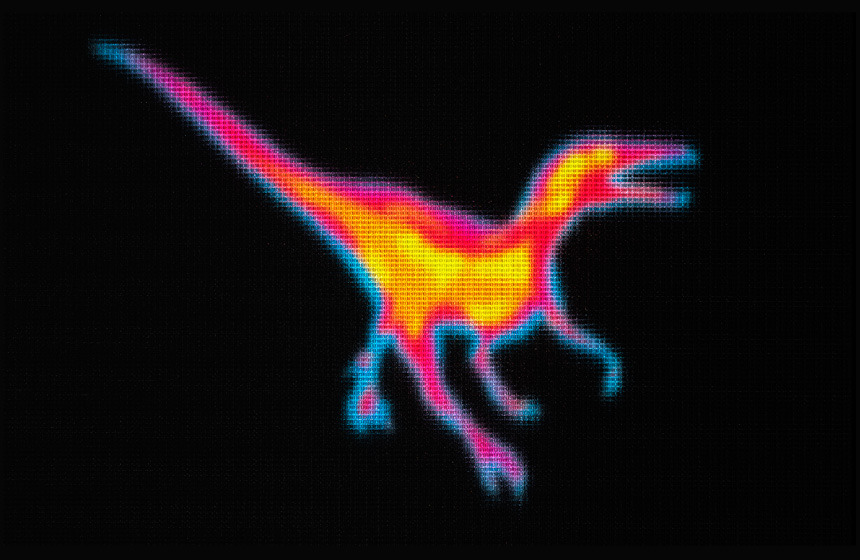Post by Ceratodromeus on Feb 13, 2017 5:40:42 GMT 5

Scientific classification
Kingdom: Animalia
Phylum: Chordata
Subphylum: Vertebrata
Class: Saruropsida
Order: Crocodylia
Family: Crocodylidae
Subfamily: Crocodylinae
Genus: Crocodylus
Species: C.johnstoni
Geographic distribution & habitat use
Freshwater crocodiles are found in the states of Western Australia, Queensland, and the Northern Territory. Main habitats include freshwater wetlands, billabongs, rivers and creeks. This species could live in areas where saltwater crocodiles could not, and are known to inhabit areas above the escarpment in Kakadu National Park and in very arid and rocky conditions (such as Katherine Gorge, where they are common and are relatively safe from saltwater crocodiles during the dry season). However, they are still consistently found in low-level billabongs, living alongside the saltwater crocodiles near the tidal reaches of rivers.
In May 2013, a freshwater crocodile was seen in a river near the desert town of Birdsville, hundreds of kilometres south of their normal range. A local ranger suggested that years of flooding may have washed the animal south, or it may have been dumped as a juvenile.

Biology
The freshwater crocodile is a relatively small crocodilian. Males can grow to 2.3–3 m (7.5–9.8 ft) long, while females reach a maximum size of 2.1 m (6.9 ft). Males commonly weigh around 70 kg (150 lb), with large specimens up to 100 kg (220 lb) or more, against the female weight of 40 kg (88 lb).[7] In areas such as Lake Argyle and Katherine Gorge there exist a handful of confirmed 4 metres (13 ft) individuals. This species is shy and has a more slender snout and have slightly smaller teeth than the dangerous saltwater crocodile. The body colour is light brown with darker bands on the body and tail—these tend to be broken up near the neck. Some individuals possess distinct bands or speckling on the snout. Body scales are relatively large, with wide, close-knit armoured plates on the back. Rounded, pebbly scales cover the flanks and outsides of the legs.
They compete poorly with saltwater crocodiles; however, this species is saltwater tolerant. Adult crocodiles eat fish, birds, bats, reptiles and amphibians, although larger individuals may take prey as large as a wallaby.

Eggs are laid in holes during the Australian dry season (usually in August) and hatch at the beginning of the wet season (November/December). The crocodiles do not defend their nests during incubation. From one to five days prior to hatching, the young begin to call from within the eggs. This induces and synchronizes hatching in siblings and stimulates adults to open the nest. It is not known if the adult that opens a given nest is the female which laid the eggs. As young emerge from the nest, the adult picks them up one by one in the tip of its mouth and transports them to the water. Adults may also assist young in breaking through the egg shell by chewing or manipulating the eggs in its mouth.

en.wikipedia.org/wiki/Freshwater_crocodile





